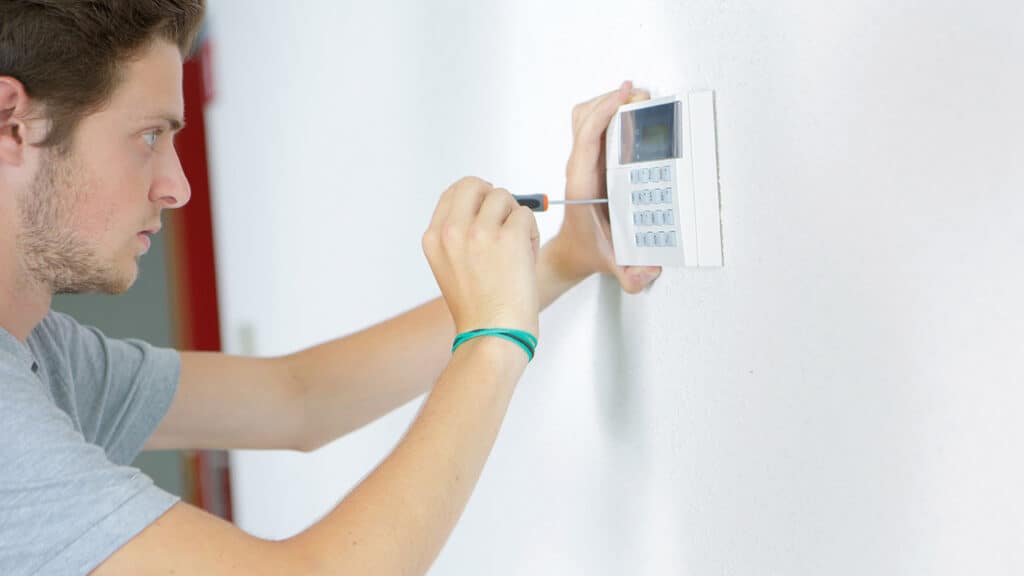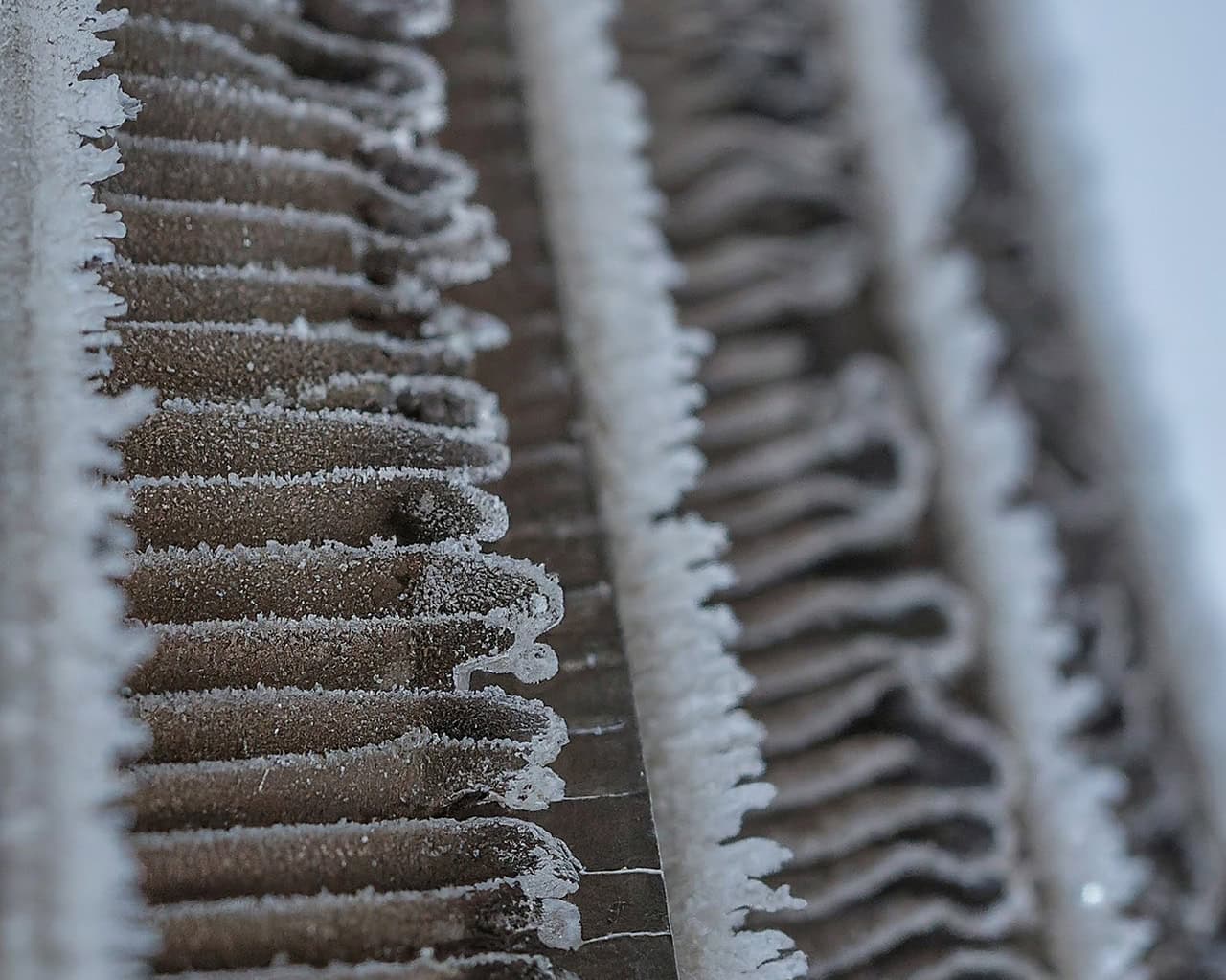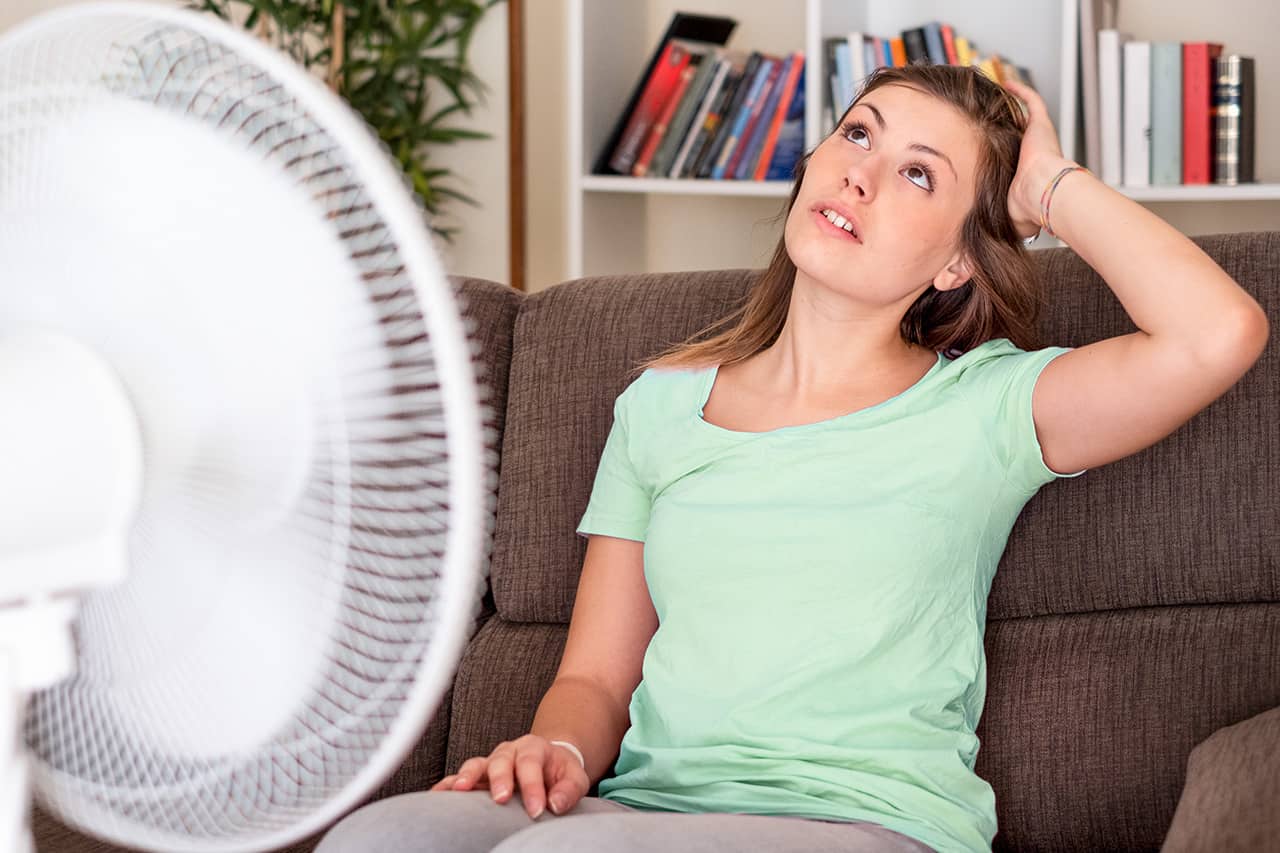
Is your air conditioner not working properly? Don’t panic! Before calling a technician, try troubleshooting the issue yourself.
With the proper knowledge and a few simple tools, you can identify and resolve common problems quickly and safely.
In this article, we’ll cover the steps you should take to identify and fix the issue with your AC.
Key Takeaways
- Adjust thermostat settings and check the power supply before calling a technician
- Regularly inspect and clean air filters to improve AC efficiency and save money
- Visually inspect the condenser unit for damage or debris and contact the technician if issues are found
- Check the blower fan for proper functioning and airflow to ensure efficient AC operation
Check the Thermostat Settings
Check the thermostat settings to see if they’re set appropriately for the current season. If not, adjust them to the correct temperature and give the AC a few minutes to kick in.
It’s also important to check the voltage levels of the AC unit and inspect the wiring. Ensure that all the wiring is connected correctly and the power supply is on.
If the AC does not come on after making these adjustments, it is likely time to call a technician for further assistance. Proper safety precautions when inspecting the wiring are essential, as it can be dangerous if done incorrectly.
Make sure to follow all of the manufacturer’s instructions to ensure your safety.
Clean or Replace the Air Filter
See if the air filter needs cleaning or replacing. The filter should be checked and replaced regularly to keep your AC running optimally. A dirty or clogged filter can cause an airflow obstruction, resulting in poor cooling and energy efficiency.
Cleaning
- Remove the filter from the unit.
- Use a vacuum cleaner to remove dust and dirt.
- Reinsert the filter and replace it if necessary.
Replacing
- Measure the size of the filter.
- Purchase a replacement filter from a hardware store.
- Insert the new filter and secure it in place.
Costs
- Depending on the size and type of filter, replacement costs can vary.
- Consult with the hardware store for cost estimates and product options.
- Regularly replacing the air filter can save money in the long run.
Inspect the Condenser Unit
Inspecting the condenser unit is essential to ensuring your air conditioner runs efficiently.
Check the outside unit for any damage or debris blocking it from functioning correctly. If you spot any problems, turn off your AC and contact a technician.
Also, check the wiring to make sure it is connected properly.
While you can’t check the coils or other internal parts, an experienced technician can inspect them to ensure they are all in good condition.
Take extra care to ensure all components are secure and in working order. If there are any issues, contact a professional who can replace any necessary parts and make sure your AC is running smoothly again.
Taking the time to inspect the condenser unit will help ensure your safety and that your AC is functioning optimally.
Check the Blower Fan
Ensuring the blower fan is working correctly is key to the efficient operation of an air conditioner. Here’s how to check and assess the fan:
Inspect the wiring:
- Visually check the connections.
- Look for any signs of wear or deterioration.
- Pay close attention to any exposed wiring.
Assess the noise:
- Listen for any rattling or scraping noises that could indicate loose parts.
- Pay close attention to any odd noises that could indicate a problem.
- Ensure that the fan is running smoothly and quietly.
Check the airflow:
- Feel the air coming from the vents.
- Make sure it’s free from obstructions.
- Ensure it’s flowing at the expected rate.
These tips will help you keep your air conditioner running efficiently and safely.
Check Refrigerant Levels
Checking the refrigerant levels is essential to maintaining your air conditioner’s efficiency. Refrigerant is a liquid that absorbs heat from your home and helps keep you cool.
To ensure your AC runs optimally, you need to regularly check that the refrigerant levels in the system are correct. You can do this by testing the pressure in the system with a gauge. If the pressure is too low, your AC could leak, and you’ll need to refill the refrigerant. If the pressure is too high, getting a technician to look at the system may be time.
Always be cautious when dealing with refrigerant, as it can be dangerous if improperly handled.
Inspect the Condensate Drain
It’s essential to examine the condensate drain to ensure the proper functioning of the air conditioner. With the help of a flashlight, look for any signs of water or clogs that could indicate a drainage problem.
To clean the drain:
- Use a wet/dry vacuum or a shop vac to clear the clog
- Carefully remove any visible obstructions
- Pour a cup of bleach or vinegar down the drain to help clear any hidden clogs
To check the drainpipe:
- Inspect the pipe for any dents, kinks, or blockages
- Check for any cracks or leaks
- Make sure the pipe is securely connected to the unit
To check the condensate pan:
- Make sure the pan is not cracked or leaking
- Ensure the pan is correctly connected to the drainpipe
- Check for any rust or corrosion in the pan.
If the drain is clogged or there are any other issues, it’s best to contact a professional for assistance.
Examine the Evaporator Coil
Examining the evaporator coil is an essential step in troubleshooting your air conditioner. Take a look and make sure it’s not too dirty, as dirt buildup can hinder the system’s performance.
Inspect the coil for damage, too, as it can be easily dented or punctured, reducing the unit’s efficiency.
Make sure you take the necessary steps to check the coil to ensure your AC works properly.
Check Dirtiness
Have a look to see if the AC is dirty. Dirt can accumulate over time on the vents, coils, and other air conditioner components. Dirt and dust buildup can reduce the cooling system’s effectiveness, resulting in higher energy bills and reduced comfort.
To check the airflow:
- Inspect the air vents for blockages.
- Verify that the fan is working properly.
To inspect the coils:
- Check for debris, dirt, or dust buildup.
- Clean with a soft cloth and mild detergent.
To maintain the system:
- Regularly check the condition of the filter.
- Vacuum the unit regularly.
Taking these steps will help ensure your air conditioner runs smoothly and efficiently.
It’s important to take safety precautions when cleaning, such as wearing protective clothing and turning off the power before doing any work.
Inspect Damage
Look to see if there is any damage to the air conditioner.
Carefully inspect the unit for any cracks or signs of wear and tear. If you notice any damages, this could indicate that the air conditioner needs to be replaced.
Additionally, check for clogged drains and air vents that may be blocked. Blocked air vents can cause the unit to overheat and should be cleared immediately.
If the unit is dirty, use a damp cloth to wipe it down and ensure that all dirt and debris have been removed.
Lastly, check the electrical connections to ensure they are secure and corrosion-free.
If you find any issues, it’s best to contact a technician for further assistance.
Check the Ductwork for Leaks
Checking the ductwork for leaks is an essential step in troubleshooting your AC. To reduce airflow resistance, it’s vital to ensure that ducts maintain proper insulation. This will help to keep energy bills low and extend the life of your AC unit.
Adopting a preventative maintenance approach to ductwork is key to avoiding costly repairs. Here are a few steps to take:
Inspect
- Visually inspect the ducts for any signs of wear or damage
- Check for air leaks at the joints and seams
Replace
- Replace any worn or damaged insulation
- Ensure that insulation is sealed correctly
Maintain
- Clean dust and debris that may have accumulated
- Check the insulation annually for any signs of damage or wear
Conclusion
Take action before your AC stops working! Troubleshooting the issue yourself first can save you time and money.
Clean or replace the air filter, inspect the condenser unit and blower fan, check refrigerant levels, and examine the evaporator coil.
You can also check the ductwork for any leaks.
If these steps don’t resolve the issue, it’s time to call a technician.
With patience, you can have your AC running in no time.




